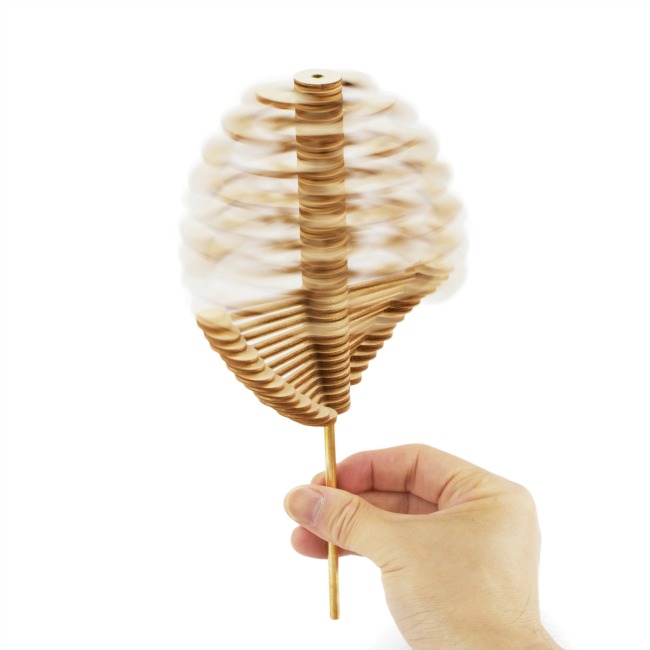From powdered wigs to Beanie Babies, trends come and go. And when they go, they tend to go in one of two directions. Trends that stick (e.g. blue denim pants) become classics, while trends that don’t (e.g. hunkerin’) are relegated to the quirky realm of fads. Either way, who can keep up? It’s almost like the cycle of trends is constantly spinning. At this point, an etymologist might exclaim, “exactly!”
Since the late 18th century, trend has described popular but fleeting phenomena and, apropos to it’s cyclical nature, the word hails from the Old English trendan—to rotate or spin. Trendan, in turn, is a cognate with the Middle High German word trendel, which came to mean a spinning disk or top. If trendel sounds vaguely familiar, that may be thanks to a classic Hannukah toy: the dreidel, possibly related to trendel through the linguistic mash-up of Yiddish. Both trendels and dreidels may trace their ancestry to the teetotum, a top-like gambling toy introduced to Europe through the Roman Empire. So the term trend itself might be based on a popular diversion that was once all the rage.
Desktop Helicone | $65


No Comments